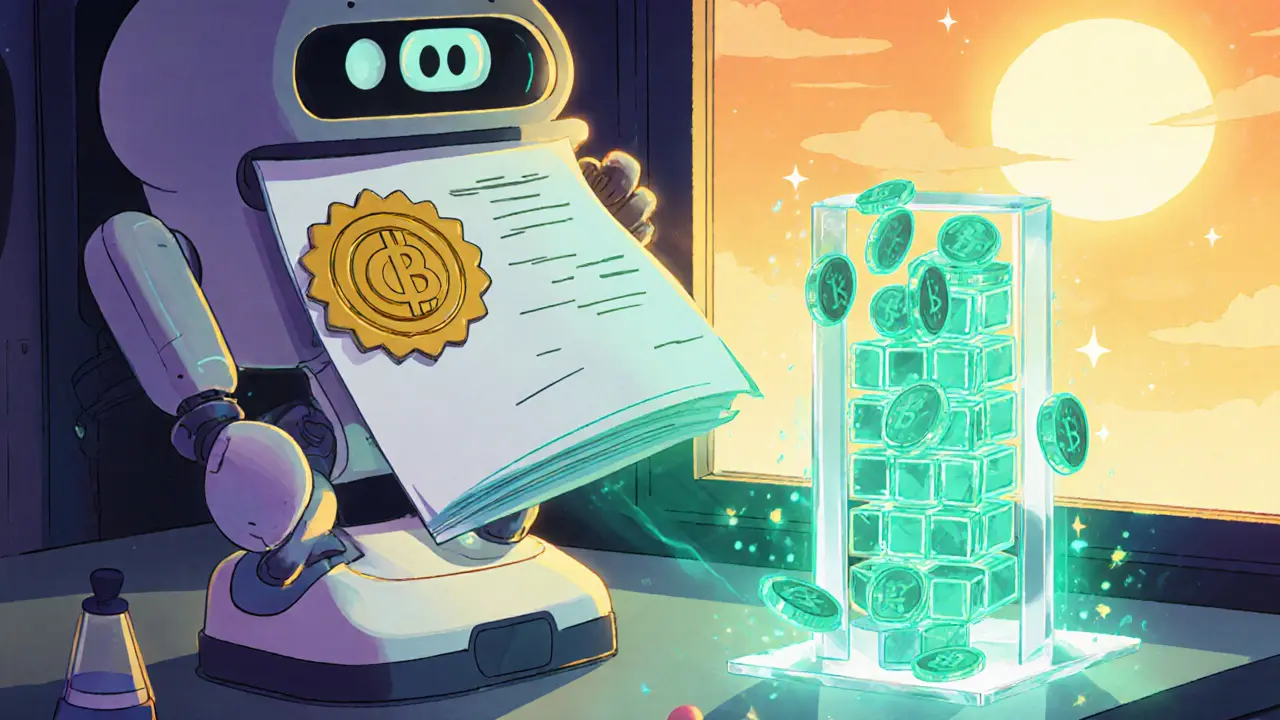Blockchain Carbon Projects
When you hear blockchain carbon projects, initiatives that use distributed ledger technology to issue, track, and retire carbon credits on-chain. Also known as crypto carbon offsets, they let anyone verify a reduction in emissions with transparent data.
One core building block is tokenized carbon credits, digital representations of verified emission reductions that can be bought, sold, or retired on a blockchain. These tokens make it easy for corporations, investors, and individuals to participate in carbon markets without the paperwork that usually slows things down. Because each token is cryptographically linked to a real-world offset, you get instant proof that the credit exists and is unique.
Another key piece of the puzzle is the carbon offset market, the global system where emitters purchase credits to neutralize their greenhouse‑gas output. Blockchain carbon projects encompass tokenized carbon credits, and they rely on active market demand to stay liquid. When demand spikes, token prices rise, encouraging more projects to generate real emissions cuts.
Why they matter for ESG and finance
ESG reporting, short for environmental, social, and governance reporting, gets a boost from blockchain carbon projects. ESG reporting, the practice of disclosing a company’s sustainability performance to investors and regulators, can now pull immutable data straight from the ledger. This reduces the risk of green‑washing because auditors can trace each credit back to its source with a single click.
In the broader picture, blockchain carbon projects enable sustainable finance by giving banks and asset managers a trustworthy way to meet climate‑risk standards. They require on‑chain verification, meaning that every claim is checked by smart contracts before a token is minted. This requirement improves data quality and helps regulators enforce climate‑related rules across borders.
Because these projects live on public networks, they also open doors for community participation. Anyone can audit the code, suggest improvements, or even fund new offset initiatives through decentralized autonomous organizations (DAOs). This collaborative model speeds up innovation and spreads the financial benefits of climate action to a wider audience.
Looking ahead, the interaction between blockchain carbon projects and carbon offset markets will shape the next wave of climate finance. As more firms adopt ESG reporting standards that demand verifiable data, the demand for tokenized credits is set to grow. That growth, in turn, fuels the development of new on‑chain verification tools and better carbon accounting methods.
Below you’ll find a hand‑picked collection of articles that dig into these themes. From deep dives on how tokenized carbon credits work, to reviews of the latest ESG reporting frameworks, the posts give you practical insights you can apply right now. Explore the list to see how blockchain is reshaping the fight against climate change.
Top Carbon Credit Blockchain Projects: How Tokenization Is Transforming Climate Finance
Explore how carbon credit blockchain projects like Toucan, Klima and AirCarbon tokenize offsets, boost transparency and liquidity, and drive climate finance forward.
